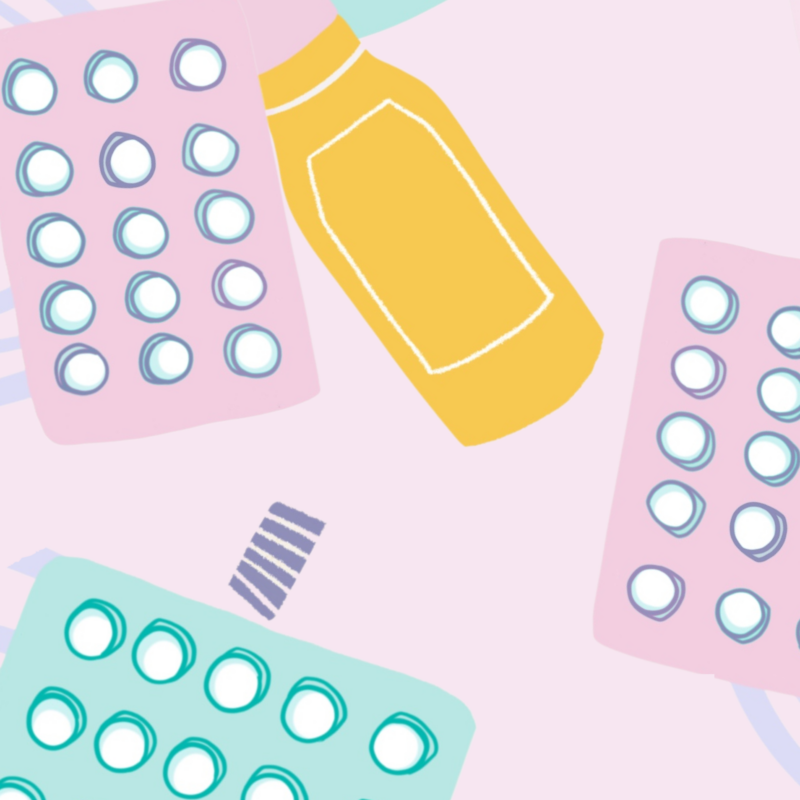Body identical hormones
Body identical HRT: balance’s guide on what you need to know
- Body identical HRT is naturally derived and the safest type of hormone replacement therapy
- It comes in many different formats, which gives women choice
- Advice on deciding what’s right for you
What are ‘body identical’ hormones?
There are so many different types of HRT available, it can be confusing to know which is the most effective and has the least risks associated with it. You may have heard the terms like ‘body identical HRT’, ‘bioidentical’ or ‘compounded’ HRT. But what do they all mean? And more importantly, which one should you take?
The safest and most regulated type of HRT – and that prescribed by the NHS – is body identical HRT. This includes oestrogen you take through your skin in a patch, gel or spray, and micronised progesterone, known as Utrogestan in the UK.
Body identical HRT is derived from the yam plant and has the same molecular structure as the hormones you produce naturally from your ovaries. This type of HRT is heavily regulated and thoroughly tested and researched. This is the type of HRT recommended by the National Institute of Health and Care Excellence (NICE) guidelines [1].
RELATED: 10 facts about menopause and body identical HRT
Body identical oestrogen treatments
The oestrogen in most body identical forms of HRT is called 17 beta-estradiol. Oestrogen via a patch, gel or spray is best as this is absorbed directly through the skin and has less side effects and no risk of blood clot (oestrogen tablets have a small risk of clot).
Some types of older HRT contain a mixture of different types of oestrogens and could not be described as body identical, but these are rarely prescribed by doctors these days.
Body identical progesterone treatments
If you still have a womb, it is important that a progesterone or progestogen is prescribed alongside the oestrogen for your HRT, in order to keep your womb lining thin and healthy.
The body identical type of progesterone is called micronised progesterone and is also made from the yam plant and mirrors your body’s own natural progesterone. In the UK, this comes in a capsule that you swallow (or insert vaginally) and is branded as Utrogestan. This type has fewer side effects than other types of progestogens and is not associated with any risks to your health.
Many women opt to have a Mirena coil to receive progestogen. While this is not classed as body identical, it is a very safe and effective type of progestogen and is shown to have the least side effects or risk compared to other types.
RELATED: The benefits of body identical progesterone – Professor James Simon
Oestrogen and progesterone combined
Patches are available that contain oestrogen and progestogen but the progestogen part is not body identical.
There is now a tablet available that contains both body identical oestrogen (1mg estradiol) and body identical progesterone (100mg). This comes in a softgel capsule and is swallowed daily. It is branded in the UK as Bijuve®. This is an option for some women who are keen to take tablets.
So what are ‘compounded bioidentical’ types of HRT?
Many private clinics are using ‘compounded bioidentical’ hormones. These are not the same as the body identical hormones just described to you. Compounded bioidentical hormones are not regulated and are not subject to any quality controls. The hormones are custom made in order to prescribe them in combination doses or preparations that are not routinely available. They are neither licensed nor regulated and are not recommended.
Many women are given progesterone creams, which are not well absorbed by the body, and they are not available on the NHS due to lack of good evidence for them.
RELATED: What is the difference between body identical and bioidentical compounded HRT?
Know your types of HRT
It is important to research any menopause treatments before you commit to taking anything – always check that the HRT you are taking is regulated and approved by NICE. There is no evidence that compounded bioidentical hormones have fewer side effects or are more effective than body identical HRT, and these treatments have not passed the same rigorous checks that body identical types of HRT have.
Unfortunately, many people do not realise this and spend large sums of money on treatments that can potentially cause several unwanted side effects, little improvement of their symptoms and no proven protection for their future health.
It is very important that you are given the safest type of HRT – body identical HRT – and in the right preparation and strength for your individual needs. You doctor or nurse should fully discuss the benefits and any risks of your HRT for you as an individual.
References
1. National Institute for Health and Care Excellence (NICE) (2015), ‘Menopause: diagnosis and treatment’




